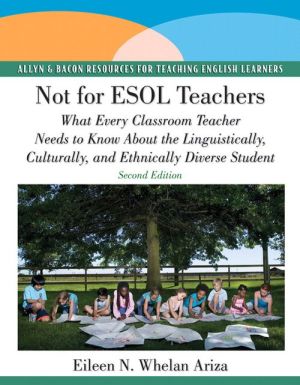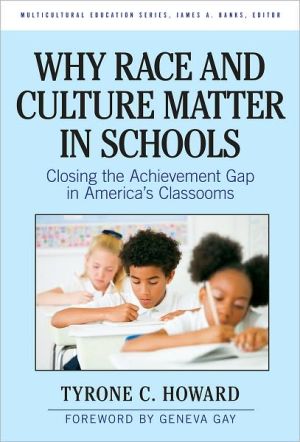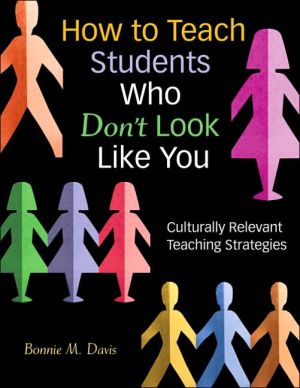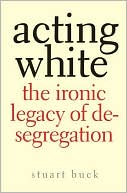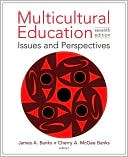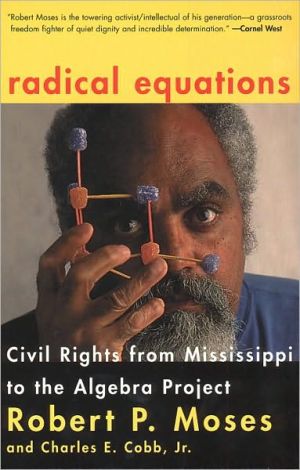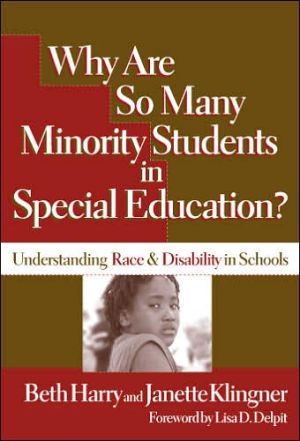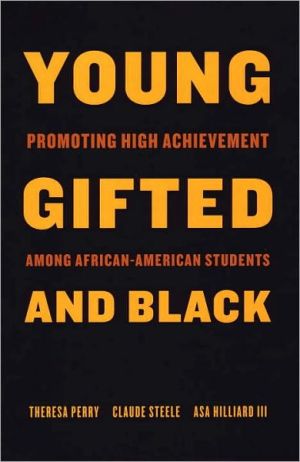Not for ESOL Teachers: What Every Classroom Teacher Needs to Know About the Linguistically, Culturally, and Ethnically Diverse Student
Not for ESOL Teachers: What Every Classroom Teacher Needs to Know About the Linguistically,\ Culturally, and Ethnically Diverse Student, 2/e\ Eileen N. Whelan Ariza\ The Second Edition of Not for ESOL Teachersidentifies today’s key issues and challenges concerning the teaching of language and content to English language learners (ELLs), as well as strategic information for school support personnel. Practical and teacher-friendly, it presents mainstream teachers across grade levels with a...
Search in google:
This accessible and practical text offers mainstream classroom teachers a comprehensive resource on educating English language learners (ELLs) successfully. The Second Edition of Not for ESOL Teachers identifies key issues and challenges concerning the teaching of language and content to English language learners. It also offers teachers a variety of research-proven strategies in order to address those students’ multiple learning needs.
Table of ContentsNot for ESOL Teachers, 2nd EditionForwardPrefaceNotes to the ReaderPART ONE - Classrooms of Today Chapter 1 - Voices from the ClassroomChapter 2 — Cultural Diversity in the Mainstream ClassroomChapter 3 — Cross-cultural Understanding in Academic Settings (formerly Ch. 3 Cultural Miscommunication in Academic Settings and Ch. 4 Understanding Other Cultures)Chapter 4 — Diverse Learning StylesPART TWO (Formerly part three) - The Experience of Learning Another LanguageChapter 5 (formerly Ch. 12) — What Teachers Need to Know about Language AcquisitionChapter 6 (formerly Ch. 11) — The School Experience for the English LearnerPART THREE — (formerly part four) Learning English through Academic Content Chapter 7 (Formerly Ch. 15) — Literacy and the English Language LearnerChapter 8 (Formerly Ch. 13) — Why Integrate Language and ContentChapter 9 (Formerly Ch. 14)— Differentiated Content Instruction for English Language LearnersChapter 10 (Formerly Ch. 16)— Teaching Math to English Learners — Myths and MethodsPART FOUR (formerly part five) — Assessment and the English LearnerChapter 11 (formerly Ch. 17) — Traditional Assessment: Why it is InappropriatePART FIVE (formerly part six) —English Language Learners and the Wider CommunityChapter 12 (formerly Ch. 19) — Suggestions for Support PersonnelChapter 13 (formerly Ch. 18) — How Teachers Can Help Parents of ELLsPART SIX (formerly part two) - Sampler of Cultural Groups: The Teacher as Cultural Observer Chapter 14 (formerly Ch. 6) — Native Americans or American IndiansChapter 15 (formerly Ch. 7) — Asian Americans/IndiansChapter 16 (Formerly Ch. 8) — Muslims, Followers of Islam, and Speakers of ArabicChapter 17 (Formerly Ch. 9) — HaitiansChapter 18 (Formerly Ch. 10) — Hispanics, Latinos/as, and Spanish SpeakersAppendixesAppendix A ESOL Methods and StrategiesAppendix B Language Level Classifications and DescriptionsAppendix C Websites: Standards for English Language LearnersAppendix D Social Studies Adaptation — U.S. GovernmentAppendix E Adaptation of ScienceAppendix F Class Assignment: Content Area Textbook Analysis FormAppendix G Project Rubric for Textbook ModificationsAppendix H Resources: Journals and WebsitesAppendix I SIOP Lesson Planning GuideGlossary of Terms References and BibliographyIndex
\ From the Publisher \ “Addressing basic terms without being condescending, and offering interesting and challenging concepts that all teachers should consider in their work…this book draws from the most current and relevant research in the field of second language and culturally responsive teaching and presents useful ideas for all teachers to utilize in their classrooms….A good read!”\ —Peggy Laughlin, University of Wyoming/Casper College Center\ \ \
